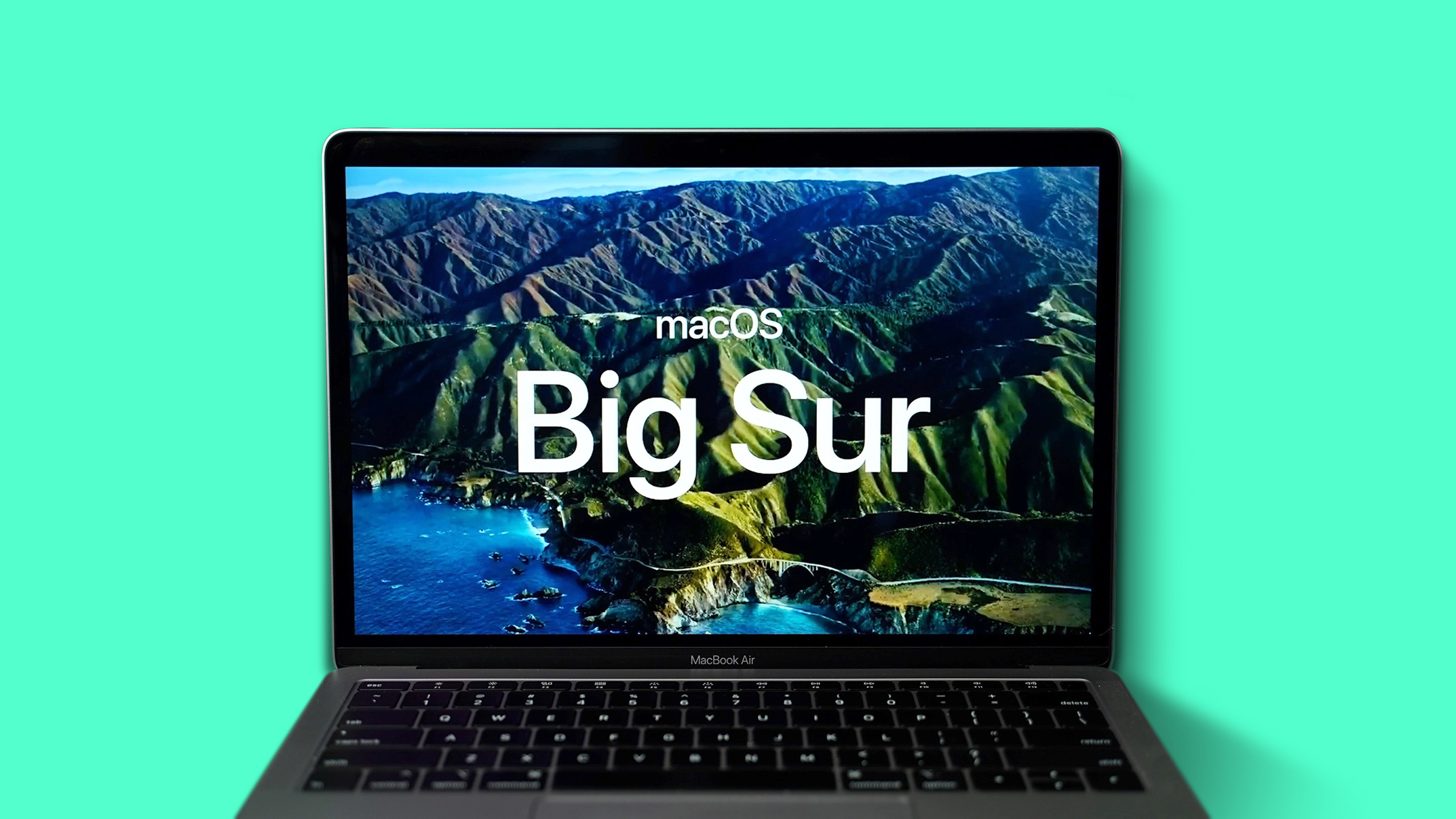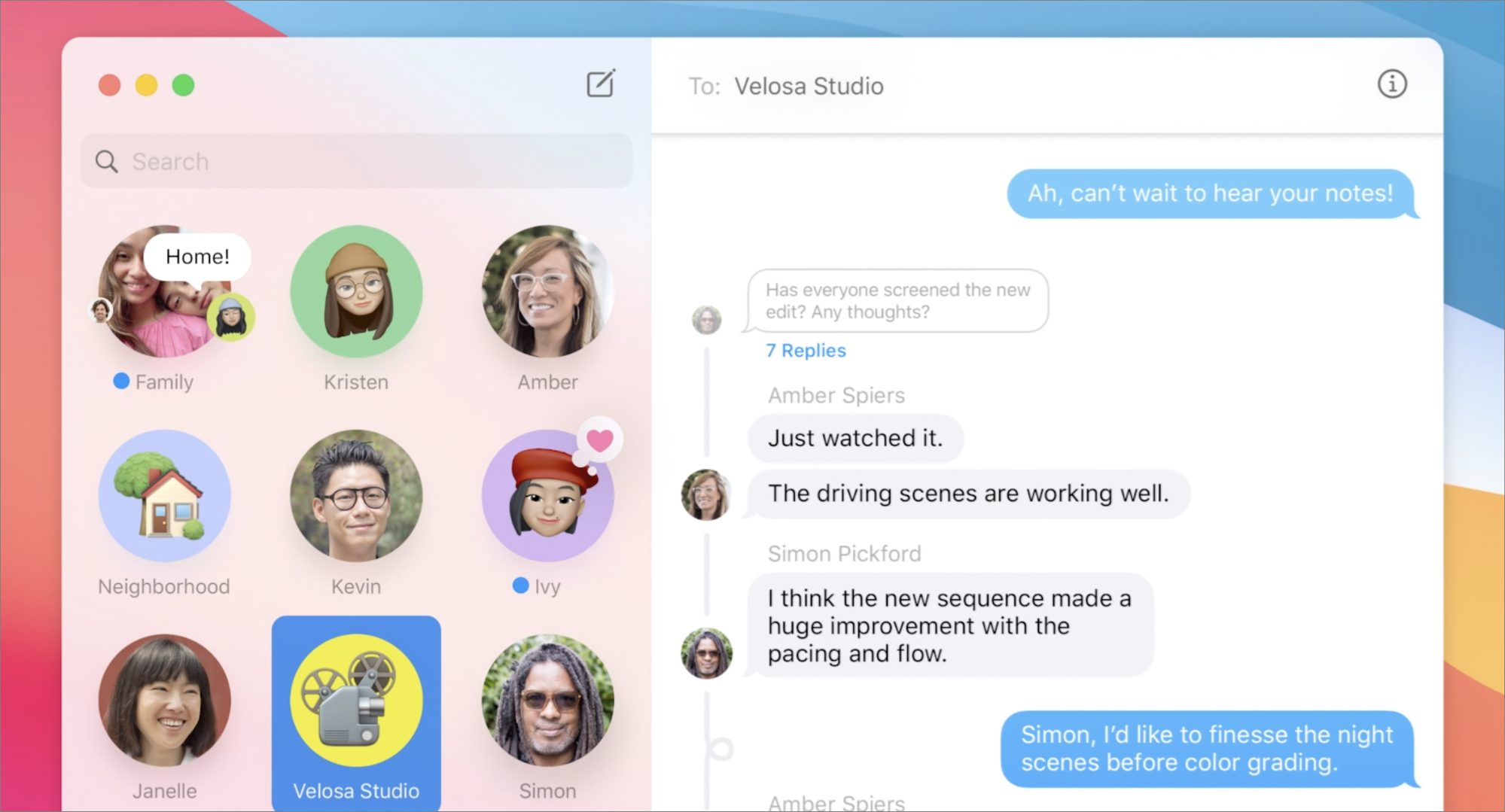If you’re looking for a way to easily download the installer pkg of recent and future macOS software releases, a new app from Scripting OS X will let you do just that. “Download Full Installer” is a new app from Armin Briegel that lists the full macOS Big Sur and later installer pkgs available from Apple’s software update catalogs.
Updated my Mac to Big Sur without thinking how it would affect Nox, and now I've hit the dreaded 99% issue. Anyone else in the same boat? Nox works seamlessly on mac based machines including iMac and macbooks. Android is an highly customizable OS and supports hundreds and thousands of games and apps and this is why it is loved by even apple lovers. If you are a mac user but want to play android games on your mac then Nox is absolutely for you. It works on my Sony 5ii, but not on nox. Its compatible with these and newer models: Asus ROG Phone 3 LG G7 ThinQ Samsung Galaxy A71 5G Asus ROG Phone II Motorola One 5G Samsung Galaxy Note 9 Galaxy Note 10+ OnePlus 6T Samsung Galaxy S10 Google Pixel 3 OnePlus 7 Pro Samsung Galaxy S10+ 5G Honor Play 4 OnePlus 8 Samsung Galaxy S20 Ultra Huawei Mate 20 Pro Oppo Reno 3 Vitality Samsung Galaxy S9.
The app will download the macOS pkg, allowing you to use it in your management system, archive the installer pkg, or manually run the installation. Why does this app need to exist in the first place? Briegel explains:
This is a Swift UI implementation of my fetch-installer-pkg script. It will list the full macOS Big Sur (and later) installer pkgs available for download in Apple’s software update catalogs.
You can then choose to download one of them.
You may want to download the installer pkg instead of the installer application directly, because you want to re-deploy the installer application with a management system, such as Jamf.
Since the Big Sur macOS installer application contains a single file larger than 8GB, normal packaging tools will fail. I have described the problem and some solutions in detail in this blog post.
You can download the “Download Full Installer” application from GitHub for free and learn more in the announcement blog post right here. This app won’t be useful for everyone, but for those who need quick and easy access to macOS installer packages, it will make things significantly easier.

FTC: We use income earning auto affiliate links.More.
Most of us are keen to update to a new version of macOS as soon as it is available. macOS Big Sur has been out since November 12, still, many users couldn't update their Macs straight away. It’s very frustrating if you see a message telling you that you don’t have enough space to install the new macOS. Don’t worry, though. There are lots of things you can do to fix it. We’ll show you what they are in this article.
How much space do you need for Big Sur?
While the installer for Big Sur takes up less than 16GB of space, you should make sure that you have at least 20GB of free space on your startup disk before you try to download and install it. The more free space, the better. Your Mac uses disk space to store temporary files and provide storage for active apps and tasks (which is what RAM does), so you should never be running with almost no disk space left.
CleanMyMac X makes it very easy to free up disk space on your Mac by identifying junk files and allowing you to get rid of them with a click. It can also detect large and old files and show you the files taking up most space and uninstall applications.
How to free up space for macOS Big Sur?
Complete the following steps to ensure your Mac is ready to update to Big Sur.
1. Backup your Mac
Back up all files and data that are stored on your Mac. Preferably twice to different locations. While upgrading to Big Sur is safe, you never know when something might go wrong. If you use Time Machine or another backup tool, run a manual backup just before you upgrade. And, if you can, clone your startup disk to an external drive, too.
2. Free up disk space using CleanMyMac X
If you don’t already have CleanMyMac X installed, download it for free here. This tool will help you clear some space and delete large and old files quickly.
- Launch CleanMyMac X.
- Choose System Junk in the sidebar and press Scan.
- When it’s finished, press Clean to free up space, or Review Details to find out more.
3. Get rid of large and old files
Media files usually gobble up a large amount of disk space. And the worst thing is they are scattered around Mac’s folders, making it difficult to find and remove them. CleanMyMac X proves to be useful here:

- Choose Large & Old files in CleanMyMac X’s sidebar.
- Press Scan.
- When it’s finished, use the middle column to filter files by type.
- Check files that you want to delete.
- Press Remove.
4. Use Apple’s built-in storage management tool
Apple has provided a method for you to manage storage by showing you what is taking up disk space and making recommendations for deleting. It’s not as quick and easy as CleanMyMac X, but it can help you save disk space. Here’s how to use it.
- Click on the Apple menu and choose About this Mac.
- Select Storage and press Manage.
- In the Recommendations section, review each section in turn.
- Now go through each of the sections in the sidebar.
- Delete files or take further action, depending on what you choose.
5. Delete local Time Machine snapshots
There is one other thing you can try if you keep getting a message telling you that you do not have enough space to install Big Sur. You should only try it if you are sure there is enough space on your startup disk and that the message is wrong. And it will only work if you use Time Machine to back up your Mac.
Time Machine stores local snapshots on your Mac. Your Mac is supposed to count the space used by snapshots as free space, which is why it looks like you have enough space for the installation.
However, it seems that the installer may not realize the space is free. The solution is to delete the snapshots. This won’t remove backups on your backup disk, just snapshots on your Mac.
Nox Mac Big Sur Pro
Open Time Machine from System Preferences. Uncheck Back Up Automatically and wait some time till Time Machine deletes snapshots. Then you can turn Time Machine back on.

If you’re familiar with Terminal, you can try deleting local snapshots manually.
- Go to Applications > Utilities and launch Terminal.
- Type:
tmutil listlocalsnapshots / - You will see a list of snapshots that look like this:
com.apple.TimeMachine.2020-10–09-002010.local - To delete a snapshot, type:
sudo tmutil deletelocalsnapshots - Then type the date part of the snapshot name. For example:
sudo tmutil deletelocalsnapshots 2020-10–09-002010 - Type Return and repeat for each snapshot you want to delete.
Nox Player Mac Big Sur
Hopefully, this helped you free up some space and update your Mac to the latest OS. If you're just preparing your Mac for the upgrade, don't forget to back up your data before you start clearing space. So you won't be afraid of losing anything important.